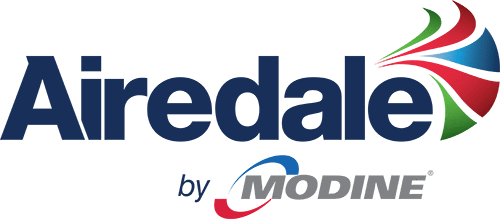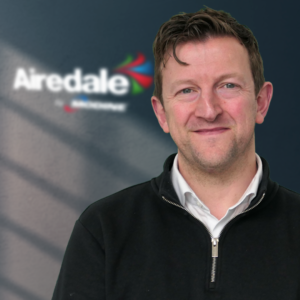Data Center Trends: Power
 Richard Burcher, Liquid Cooling Product Manager, discusses the implications of high-density computing on data center power demands and shares strategies to help alleviate pressure on supply chains.
Richard Burcher, Liquid Cooling Product Manager, discusses the implications of high-density computing on data center power demands and shares strategies to help alleviate pressure on supply chains.

High-density, AI-driven computing has a downstream effect, impacting power and power availability and how there is a need for more advanced, innovative cooling, driving towards sustainable infrastructure.
The data center market has had significant growth via Hyperscale and large colocation. As a result, the power demand is outpacing the grid’s ability to service that demand. The industry is seeing supply shortages and sizeable delays in capacity, connection lead times, and access to capacity. Demand, accelerated by AI, is pressuring the power supply chain, where there is a mismatch between supply and demand, and an acceleration in data-intensive technologies, requiring lower latency, where computing consumption is needed closer to the source.
Power availability is critical for data centers and gives rise to on-site generation and microgrids. The industry sees workloads shift and intensify; in Europe, there is growth in traditional areas and regions, such as in the well-documented FLAP-D (Frankfurt, London, Amsterdam, Paris, and Dublin) areas, dependent upon access to power and infrastructure materialising. The industry is also witnessing a rise in Edge-based, local, and regional data centers, with strategic data highway routes, such as Amsterdam and Frankfurt, growing at a rate. High development rates remain with hyperscale providers, who continue to exhibit platform-based expansion and are looking at Edge-based DC (Data Center) rollouts.
FLAP-D will always be integral to Europe. However, due to power and extending data flows via high-speed cable connectivity, continued growth can be seen in additional markets beyond traditional hub locations. New markets are being evaluated versus traditional Tier I; there is expansion in Milan, Madrid, Berlin, Warsaw, and Lisbon. Madrid, Milan, and German regions have seen high growth, predominantly via Hyperscale. The Middle East also continues to ramp up at pace. Power and physical space remain constraints, leading to additional growth in other areas. Scrutiny of regulations and directives are also becoming a factor for location – i.e. the German Energy Efficiency Act and Energy Efficiency Directive (EED), where the majority of power sources are required to be via renewables, and there are requirements for heat reclaim. Such regulation may lead to data centers in areas with access to renewable energy, for instance, the Nordics. Key hubs for latency and potential AI can be located in more disparate locations, supported via their ambient profiles, renewable capability, and space access.
Access to power and MW capacity remains the number one issue in the data center sector. Accessibility to power in a reasonable timeframe is imperative and challenging, with the most extended lead times for interconnection to provide access to power stretching years into the distance – speed to power is a critical driver. It may lead to requirements for on-site power generation. Hyperscalers and additional providers are looking at bridge solutions, such as fuel cells, to bridge and supplement power requirements. Hyperscalers require predictable times to power, and that is less stable than ever; therefore, bridging the time to interconnection with on-site fuel cells is a growing trend.
This post originates from Richard Burcher’s comprehensive article, ‘Trends, Challenges, and Innovations in Data Centers‘.
Read More Here

DATA CENTER TRENDS: ARTIFICIAL INTELLIGENCE
Read our blog on how Artificial Intelligence (AI) is likely to shape the data center industry throughout 2024.
DATA CENTER TRENDS: SUSTAINABILITY
Read our blog on the growing significance of sustainability and increased investments within the data center sector.







